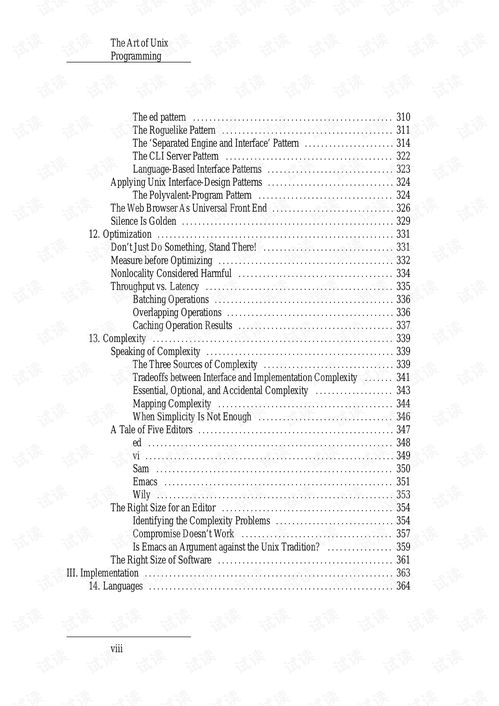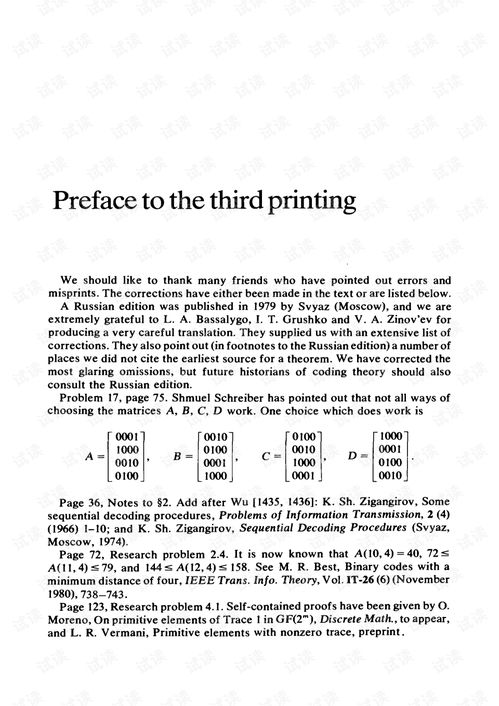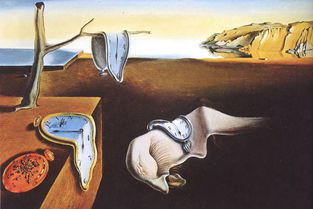As the sun dips below the horizon, the world transforms into a serene and mysterious canvas. Night fishing offers a unique experience, where the absence of daylight brings with it a different set of challenges and rewards. One of the most crucial skills for night anglers is mastering the art of reading a bait float. This article delves into the essential tips and techniques for interpreting the subtle movements of your bait float in the dark, ensuring you don't miss out on the thrill of catching fish under the moonlight.

Understanding the Bait Float
Before you can effectively read your bait float at night, it's important to understand its purpose and how it works. A bait float, also known as a bobber, is a device attached to your fishing line that rises to the surface and indicates when a fish is biting. It works by balancing the weight of the line and lure above the water, allowing it to float just below the surface. When a fish takes the bait, it moves the float, signaling a strike.
Preparation is Key
Choose the Right Float: Night fishing often requires a lighter float to avoid spooking fish. A smaller, lighter float will be less likely to scare away nocturnal predators. Additionally, consider a float with a brighter color or a glow-in-the-dark tip for better visibility in low light conditions.
Adjust Your Line: Ensure your line is taut but not too tight. A loose line can move with the current and give false readings, while a too-tight line can prevent the float from moving as the fish bites.
Check Your Knots: A secure knot is crucial. Night fishing can be challenging, and a loose knot can result in lost fish. Regularly check your knots to ensure they are tight and secure.
Reading the Float in the Dark
Use a Magnifying Device: A magnifying glass or a night-vision device can be invaluable for night fishing. These tools help you see the float's movements more clearly and interpret them accurately.
Observe the Float's Movement: Pay close attention to how the float moves. A gentle tap may indicate a small fish, while a more pronounced movement could mean a larger catch. Learn to differentiate between the natural movements of the water and the subtle taps of a fish.
Look for Consistency: If the float moves erratically, it might be due to wind or other environmental factors. Look for consistent movements that could indicate a fish is biting.
Understand the Float's Response: Different types of floats respond differently to fish bites. Some floats will move up or down, while others may just move side to side. Familiarize yourself with the specific responses of your float to better interpret night-time strikes.
Advanced Techniques
Adjusting the Float Depth: If you're not getting bites, try adjusting the depth of your float. This can be done by adding or removing weight from your line. Experiment with different depths to see what works best in your fishing spot.
Using Glow-in-the-Dark Lures: In addition to a glow-in-the-dark float, consider using lures that are also illuminated. These can attract fish in the dark and make them more likely to strike.
Listening for Sounds: While you can't always see what's happening beneath the surface, you can often hear it. Listen for the sound of splashes or disturbances in the water that could indicate a fish is nearby or biting.
Final Thoughts
Night fishing can be an exhilarating experience, but it requires patience, practice, and a keen eye for detail. By mastering the art of reading your bait float, you'll be better equipped to enjoy the night's serenity and the thrill of the catch. Remember, the key is to understand your float's behavior, use the right tools, and be patient. With time, you'll develop a sense for the subtle cues that signal a fish is on the line, and you'll be well on your way to becoming a proficient night angler. Happy fishing!












